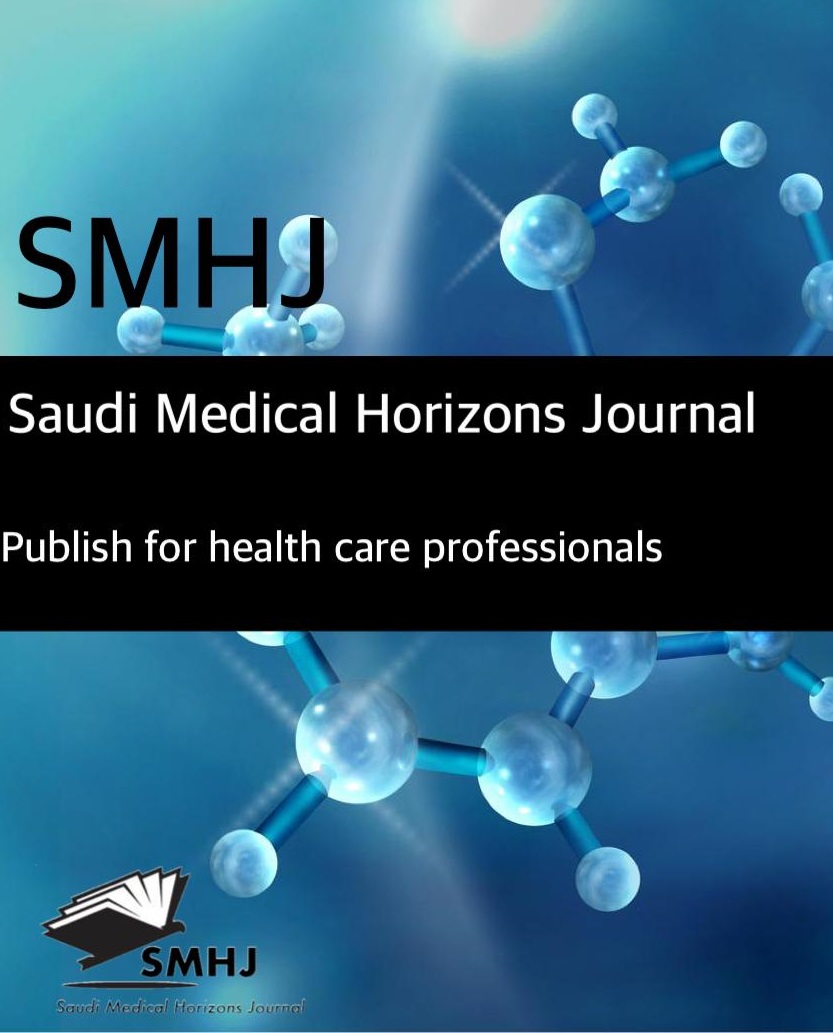Association between Sickle Cell Anemia and Malaria: A Systematic Review of Previous Literature
Sickle Cell Anemia and Malaria: A Systematic Review
DOI:
https://doi.org/10.54293/smhj.v3i3.82Keywords:
Sickle Cell, Malaria, Plasmodium Falciparum, Hemoglobin, Anemia, Remove Sickle Cell, Malaria, Anemia, Hydroxy ureaAbstract
Background: Sickle cell disease (SCD) is a hereditary illness that is prevalent in malaria-prone locations. In these endemic locations, it has historically been linked to high rates of childhood death. This shows that SCD patients with malaria should start effective anti-malarial medication very away. Proguanil was a suitable chemoprophylaxis treatment for these individuals to reduce the prevalence of asymptomatic parasitization and avoid malaria. Sulphadoxine-Pyrimethamine Intermittent Preventive Treatment (IPT) has also demonstrated significant promise in lowering malaria and anemia incidence. Additionally, hydroxyurea is a successful therapy for sickle cell anemia. This article generally discusses the main association between sickle cell anemia and malaria and outlines the related therapies.
Method: For pertinent information, PubMed, Web of Science, Science Direct, Cochrane Library, and Google Scholar were scoured in-depth. The Rayyan QRCI was employed throughout this thorough procedure.
Results: our study article included 18 studies, in which the effect of sickle cell anemia in the presence of malaria was explained. The main parameters like age, sex, type of drug and time to use were obtained. Clinical studies were required to determine the relation between sickle cell anemia and malaria and determine the effective therapy.
Conclusion: people with sickle cell anemia (SCA), the most severe type of SCD, are more likely to die from malaria than persons with SCT or no hemoglobin gene variation.
Downloads
Published
How to Cite
Issue
Section
License
Copyright (c) 2023 Saudi Medical Horizons Journal

This work is licensed under a Creative Commons Attribution 4.0 International License.



